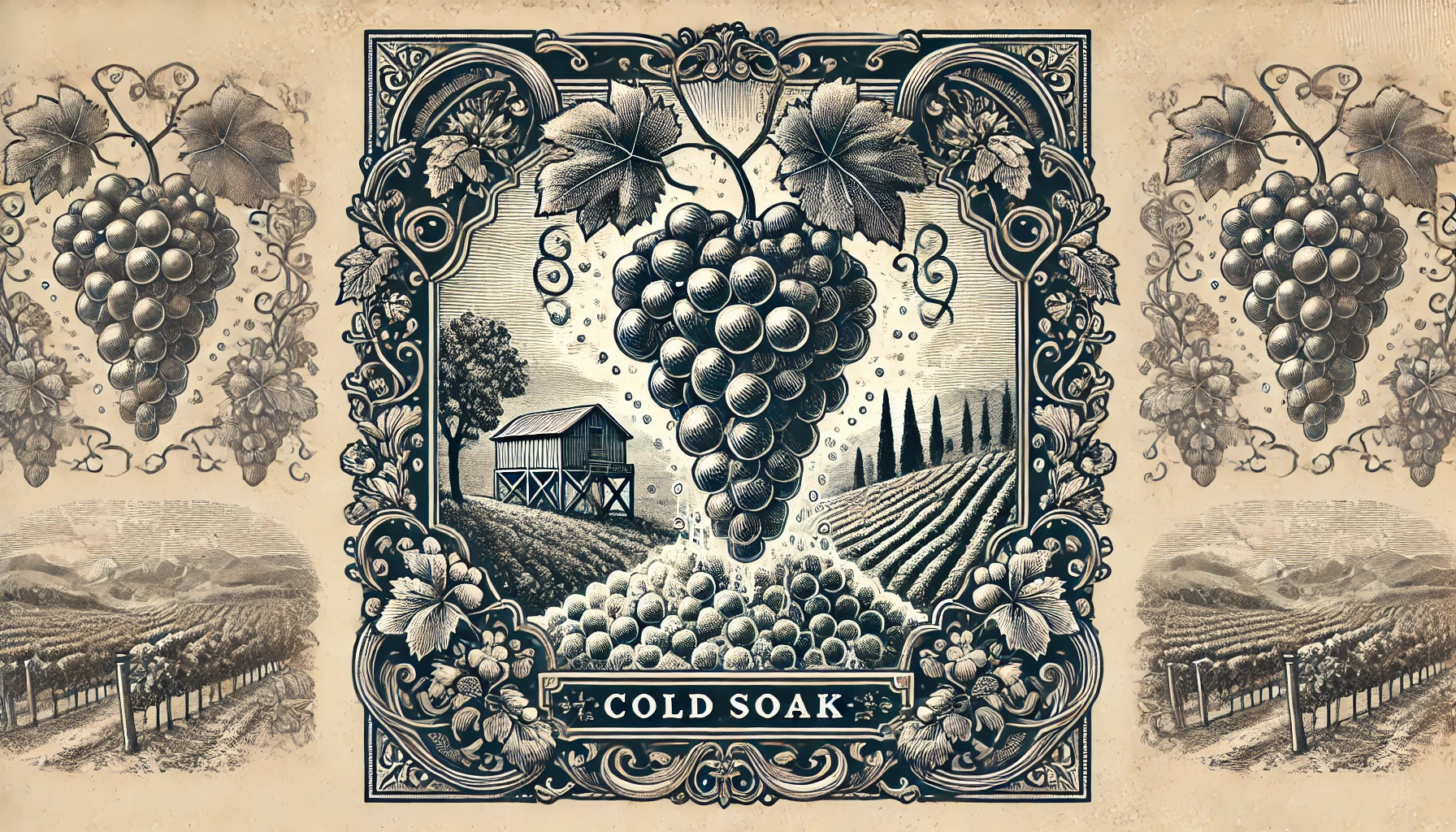
Cold soak is a pre-fermentation technique winemakers use to extract color and flavor without increasing tannins. Before fermentation begins, winemakers chill the crushed grapes to a low temperature, usually around 50°F (10°C). This cold environment halts yeast activity, preventing fermentation while allowing the grapes to steep in their own juice.
The cold soak process typically lasts from a few hours to several days. During this time, the grape skins release pigments, creating a deep, vibrant color in the wine. Since tannins remain relatively stable at cold temperatures, it enhances color and flavor intensity without adding astringency. This is particularly beneficial for Pinot Noir and other red wines with delicate tannins, where winemakers aim for a balanced, smooth mouthfeel.
Cold soak also enhances aroma. As the grapes steep, they release volatile aroma compounds, which contribute to the wine’s bouquet. This process brings out fruity and floral notes, making the wine more aromatic and appealing. The result is a wine with enhanced depth and complexity, with well-defined fruit characteristics.
Winemakers monitor the cold soak process closely. They may adjust the temperature or duration based on the grape variety and desired outcome. For instance, thicker-skinned grapes, like Cabernet Sauvignon, may require a longer soak to achieve optimal extraction, while thinner-skinned grapes need a shorter time. Once the cold soak is complete, winemakers warm the must, allowing fermentation to begin.
The cold soak technique isn’t without risks. Extended soaking increases the potential for spoilage or contamination, as bacteria can thrive in the absence of fermentation’s protective alcohol. To prevent this, winemakers often add sulfur dioxide to the must, reducing microbial growth while maintaining the cold environment. Despite these challenges, cold soak remains a valuable technique for creating wines with vivid color, concentrated flavors, and complex aromas.
Curious about more wine terms and insights? Visit our Wine Wiki section and explore the basic wine terms for expert definitions and tips!